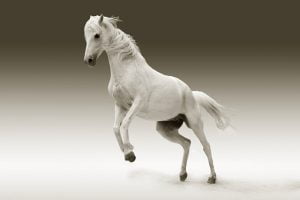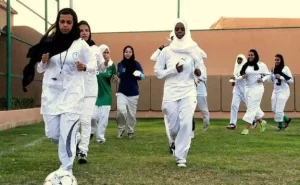Celebrating the Diversity of Hijab Usage: In the vast landscape of cultural diversity, World Hijab Day shines as a unique opportunity to celebrate and understand the rich tradition of this attire in the Islamic community. Founded by Nazma Khan in 2013, this annual event, celebrated in 140 countries on February 1, aims to encourage the experience of hijab among women of all religions and backgrounds. At the core of this celebration is the powerful message that beauty endures even when covered, reflecting the metaphor of the sun that doesn’t lose its splendor behind the clouds.
Exploring the Variety of Islamic Veils: Hijab, Niqab, Burka, and More

The Meaning of Hijab: More than Just a Simple Scarf
The word “hijab” encompasses more than just a simple scarf; it describes the general act of covering oneself but is commonly used to refer to the scarves worn by Muslim women. In the West, it is common to see women covering their heads and necks, leaving their faces uncovered, conveying a message of modesty and religious faith.
Niqab and Burka: Veils that Go Beyond the Head
The niqab, a face veil that exposes the area around the eyes, is often worn with a headscarf. On the other hand, the burka presents itself as the most enveloping garment, covering the face and body, with a mesh that allows seeing through. Both serve as profound expressions of the relationship between faith and attire.
Exploring Diversity: Shayla, Jimar, and Chador
The shayla, a popular rectangular scarf in the Gulf region, is wrapped around the head and secured with pins on the shoulders. The jimar, similar to a cape hanging just above the waist, covers the hair, neck, and shoulders completely but leaves the face uncovered. The chador, a full-length cloak worn by Iranian women outside the home, demonstrates the diversity of styles and meanings that headscarves can adopt in different cultures.
Hijab as a Symbol of Modesty and Religious Faith
Headscarves transcend fashion to become powerful symbols of modesty and religious faith. Seen as a sign of respect for one’s own spirituality, these garments reflect the depth of the connection between attire and religious identity.
The Intersection of Faith and Fashion: A Deeper Look
The intersection of faith and fashion within the realm of hijab is fascinating. It goes beyond mere clothing; it’s a statement of identity and a proclamation of one’s beliefs. The choice of whether to wear a simple headscarf or a more intricate niqab or burka becomes a personal journey, reflecting cultural influences, religious interpretations, and individual preferences. It’s a tapestry woven with threads of diversity, telling stories of individuality and collective identity.
Empowering Women Through Hijab: A Global Movement
World Hijab Day has evolved into more than just an event; it has become a global movement that empowers women to embrace their religious and cultural identity proudly. The celebration is not about enforcing a particular dress code; rather, it encourages understanding, tolerance, and acceptance. It provides a platform for dialogue where women, regardless of their faith, can share their experiences, dispel misconceptions, and foster mutual respect.
Celebrating the Beauty Behind the Veil: World Hijab Day
On World Hijab Day, we are reminded that beauty does not fade when covered, just as the sun does not lose its brightness behind the clouds. The diversity of hijab styles reflects the richness of cultural and religious traditions, creating a bridge between fashion and spirituality. In each scarf and each style, we find the unique expression of identity and faith, reminding us of the importance of understanding and acceptance in our global community.
- Interactive classes: Our classes are dynamic and participatory. You will learn in a fun and effective way.
- Native teachers: We have native Arabic instructors who will guide you through every step of the learning process.
- Flexibility: You will be able to study from the comfort of your home and adjust your schedule according to your availability.



